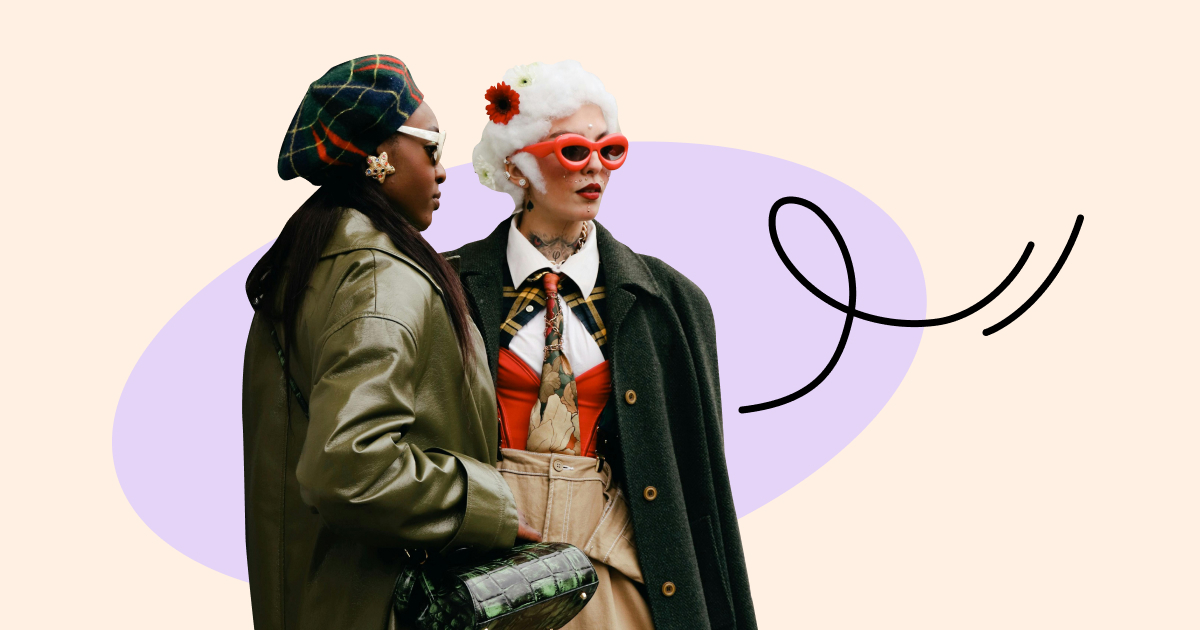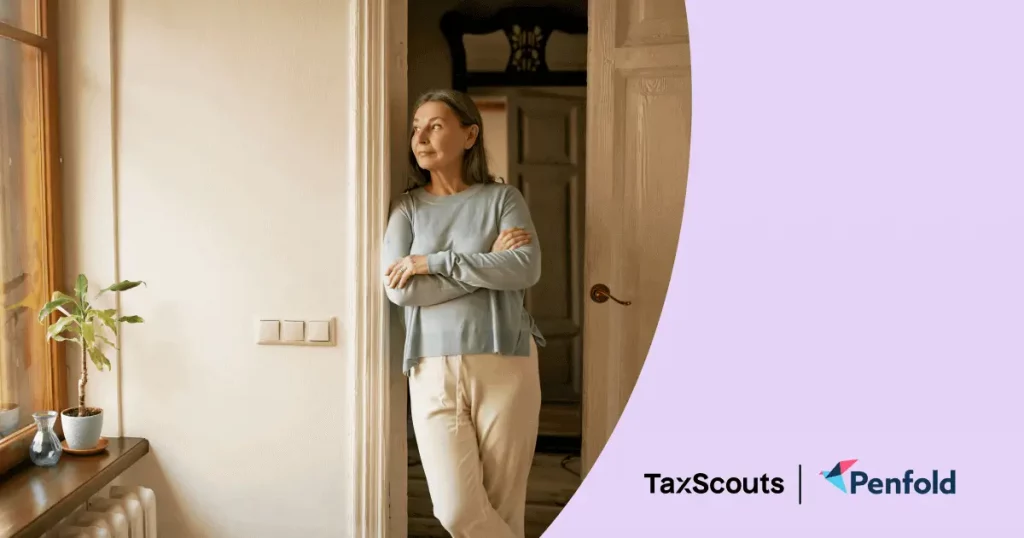Freelancing in fashion isn’t always about runways and photoshoots: it’s also about bookkeeping, self-assessments and allowable expenses! But understanding what qualifies as an allowable expense can be just as tricky as landing a front-row seat at a major fashion show.
With fashion weeks happening left, right and centre this month, there’s no better time for fashion freelancers to claim expenses. From travel costs to wardrobe essentials, we’re going to teach you how to make the most of them. 🙌
As a fashion professional, you may already be aware of potential tax deductions but you’d rather focus on Jonathan Anderson’s next big move than your finances. That’s where we come in. Let us handle your tax return or book a tax consultation with one of our expert accountants.
What are expenses?
Before we cut to the glitz and glamour of allowable expenses, let’s set the stage.
Expenses are the costs associated with running a business or freelancing. You can deduct them from your earnings to reduce your tax bill. 📉
Imagine we’ve handed you an expenses cheat sheet. The number one rule would say this: ‘expenses must be incurred wholly, exclusively and necessarily for the running of your business to be tax-deductible.’
In other words, for something to be an allowable expense, it must be directly tied to your role as a fashion freelancer. 👚
What expenses can I claim as a fashion industry freelancer?
Allowable expenses vary between individuals, even among fashion freelancers. What you can claim depends on your situation, sources of income and any tax-free allowances you’re already benefiting from.
Let’s kick things off by strutting our way through some common allowable expenses for fashion freelancers:
Travel: From jetting off to fashion weeks to dashing between client fittings, any work-related travel costs are deductible. Whether it’s by train, plane or car, you should keep all of your receipts as if they were hand-written by Anna Wintour herself. ✈️
Equipment: Whether you’re shooting or editing the latest ‘it girl’ campaign, essential tools such as cameras, lighting equipment or editing software are eligible expenses. This also covers the cost of maintaining these items. Had to get your camera repaired? Don’t worry!
Home office: Hosting virtual styling sessions from your home? Then, you can claim a portion of your utilities, phone bills and internet usage, depending on how much of it you use for freelancing. 💡
Subscriptions: Whether it’s Photoshop or CanvaPro, any membership that boosts your creative work can be expensed.
Marketing: Printing sleek business cards or running a social media campaign are just some of the costs you may incur to promote your skills. Your personal brand should dazzle and HMRC is okay with that.
And the list goes on! You can also expense professional services (like tax accountants 😉), educational courses that help with your professional development and any other miscellaneous costs like stationery.
If these expenses are too broad for you, don’t worry! You can check out our article, here, on niche freelance expenses and get a better idea of how expenses work on a case-by-case basis.
The key takeaway? Keep those receipts as if they were a limited edition handbag! Luckily for you, we’ve got free bookkeeping tools to keep your records chic and organised, ready for your tax return, of course!
Maximise your career as a fashion freelancer
Why stress over expenses, when our accredited accountants can handle them for you? You focus on turning heads and we’ll handle the tax headaches! ✨
Do I need to do a tax return?
Yes, even fashion freelancers have to file a tax return! It might not be as glamorous as styling a celebrity or shooting the next cover of VOGUE, but it’s crucial for keeping your freelance business runway-ready! 📸
In the UK, if you’re earning untaxed income over £1,000, you’ve got to file a Self Assessment. Not only does this ensure HMRC knows all about your income, but it’s also how you get to claim allowable expenses! Whether it’s travel to fashion weeks, camera equipment or subscriptions to creative tools, a tax return is your VIP ticket to reducing the tax you pay.
How to register for Self Assessment
New to Self Assessment? Don’t worry! Here’s how you can get started and make sure you’re ready to claim all your allowable expenses:
Log into your HMRC Business Tax account 🔑
Use your Government Gateway ID to access your account and start the process.
Follow the registration instructions
The quicker you register, the sooner you can claim your expenses.
Wait for your Unique Taxpayer Reference (UTR) number 📮
UTRs are sent by post and usually take around 10 business days to arrive.
Already filed a tax return before? You’re halfway there! 🎉
Just fill out the CWF1 form in your business tax account and start claiming expenses again!
- If you’ve registered before but didn’t file online:
No worries, just create a business tax account on HMRC’s website.
You can register by post. Just fill in this form, print it out and send it off to HMRC. ✉️
Registering early ensures you have time to track and claim all of your allowable expenses. If you miss the deadline because of a busy fashion season, don’t stress! Call HMRC’s Self Assessment helpline on 0300 200 3310 ☎️ or let us help you.
How to pay Self Assessment
Now it’s time to pay up and make the most of your allowable expenses. Here’s how you can pay:
- Online using a tax return service
- Using an accountant (like us!)
- Do it yourself via HMRC online or by post
Whatever option you choose, make sure you’ve included all of your expenses. Just remember to pay by 31st January, so you don’t risk any penalties. 🚨
Need a helping hand?
Our accredited accountants can take the stress out of filing your tax return. Let us handle the paperwork while you focus on your next big fashion moment! 💅



